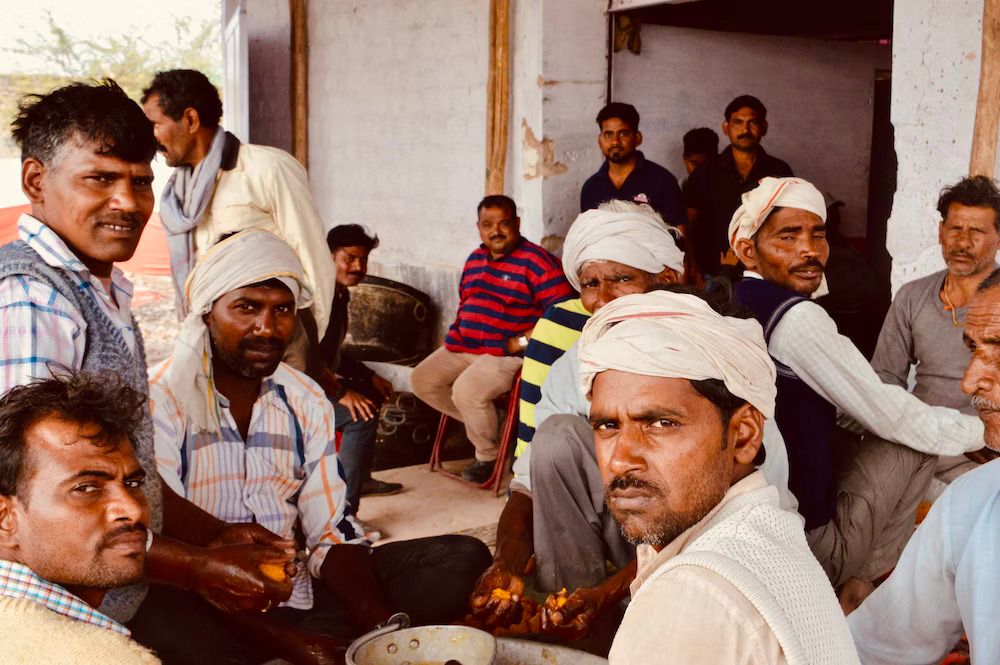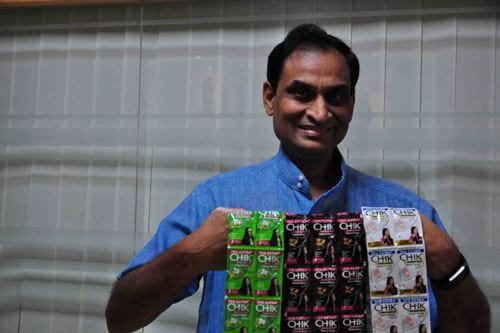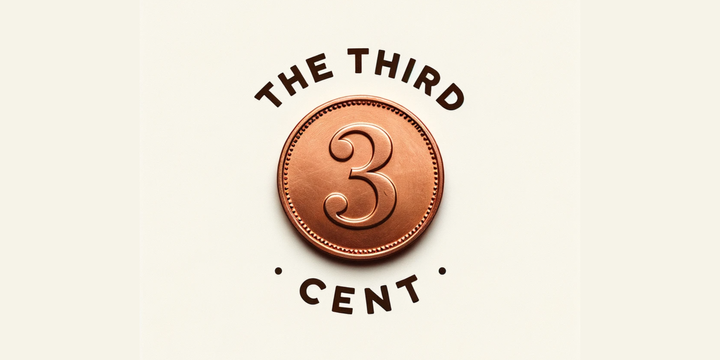Rural Inclusion Demystified

(partially)
In the context of rural marketing, Project Shakti is one of India’s greatest success stories. Hundreds of scholars over have studied it over the years and produced thousands of reports. Simply put, Project Shakti is the world’ s largest ‘home-to-home’ operation. It sought to achieve the twin goals of empowering rural women by making them Shakti Vanis and Shakti Ammas on the one hand, and allow Unilever (HLL when it started, and HUL more recently) to get a foothold into rural markets. Before we begin objectively studying the project, let’s try and paint a picture of the time during which it all began. Project Shakti began at around the turn of the century.
This is the same time when strides were being made in ‘Rural Marketing’. Coimbatore Krishna Prahalad (or more famously CK Prahalad), had just published his book ‘The Fortune at the Bottom of the Pyramid’ (this was in 2005). In many ways, CK Prahalad is a key player in how things unfolded. Back in 2002, Stuart L. Hart and CK Prahalad (another influential academic) began a discourse on how multinational firms such as Unilever and P&G focussed their attention almost entirely on those who situated themselves in the top of the economic pyramid. They argued that the needs felt by those that lived in the bottom of the pyramid needed to be addressed by large firms. They further added that in presenting a solution, firms could capture a large ‘fortune’. It is true that there had always been (historically) a urban-rural divide that has been the focus of many policy makers. Alleviating poverty was also top priority in the United Nations Millennium Development Goals. While many countries took the route of financial aid and NGOs to make a difference, Prahalad believed that it was possible to architect a win-win solution. Other scholars such as Jadish Sheth (there is a IFIM Business School in Bangalore was later rechristened Jagdish Sheth School of Management in his honour) came up with various academic inputs to help in the construction of such a Rural panacea. He argued that as opposed to thinking of the marketing mix as Product-Price-Place-Promotion (the famous 4Ps of Jerome McCarthy) one should think of 4As (Acceptability-Affordability-Accessibility- Awareness). In all honesty, this is not just a change of nomenclature.
Turns out, the change in the words used did influence how people think about things. Companies were now thinking along the lines of providing solutions to the rural masses in a profitable way. For instance, Coca-Cola had introduced the ‘Chota coke’, the 200ml bottle of coke at around the same time (ad found below).
CavinKare had introduced Re.1 Sachets of its Chic Shampoos.

Honey, hair oil, biscuits, tooth paste, quick mix drinks (e.g. Rasna), and instant noodles were all being sold in smaller, more affordable packages. It was not fashionable for industry experts to talk about rural marketing in public fora. Just a few years later, Muhammad Yunus and Grameen Bank were awarded the Nobel Peace Prize for helping create “economic and social development from below”.
It is in this context that Project Shakti needs to be understood. While most companies tries to address the ‘affordability’ aspect of the 4A framework, Unilever tried to address the Acceptability, Accessibility and Awareness aspects through marketing channel engineering. Unilever tried to get their product in the hands of consumers through a newly created channel – the Shakti Vanis. These Vanis were mouth pieces of Unilever who had access the Unilever’s products at favourable rates- they were micro entrepreneurs who could, in essence, script the story of Unilever’s rural entry. Essentially, they would provide consumers with the products they need at their doorstep. Given that a lot of repeat purchase intentions may exist for certain product categories like tooth paste and detergent, it was fair to assume that these newly created entrepreneur/agents could serve as a bridge between the firm and the masses in the Bottom of the Pyramid.
Well, all this seems perfectly fine right? There were billions who constituted this staggering market opportunity and Shakti Vanis were going to play a critical role in the capturing the opportunity. Well, the answer is yes and no. A big part of appreciating the ‘No’ part of the equation comes with thinking about the political economy aspect. Economically, all these ideas to make sense. But politically, this may or may not. Let’s discuss a little further.
There were many that considered such marketing activities to be some sort of multi-level marketing scheme. They believed that firms preyed on the poor by providing them with products and services. There was, and still is, some fear of firms increasing prices with time after significantly changing consumer behaviour. One has to admit that there is some merit to this argument given that we have moved full circle from using charcoal as tooth paste to using actual tooth paste to now using toothpaste with charcoal. Many products such as instant noodles and colas also posed health risks. In other words, the rural heartlands may have benefitted from not engaging with the products focussed on the urban working classes. The answer, however, is not very black and white. With greater integration into the economy and using similar products and services, there has been significant onward mobility.
Another critique that is often meted out to such rural engagement schemes is that they are unprofitable and unsustainable to begin with. While our case in class discusses this in great detail, the spin that Project Shakti gets in HUL’s recent annual statements could be somewhat instructive. In my personal view, something can be used as a marketing strategy or a CSR initiative. Accounting it as both raises all kinds of red flags.
Last, if such projects were really ‘game changing’, then why did other players in the market not start similar schemes (however large or small). We are all aware of how ITC’s e-Choupal, helps “tackle the challenges posed by the unique features of Indian agriculture, characterised by fragmented farms, weak infrastructure and the involvement of numerous intermediaries, among others”. Reports suggest that the e-Choupal network serves 160+ firms including industry behemoths like Bayer, BASF, State Bank of India, Bharat Petroleum, Nokia, TVS Motors, Maruti Suzuki India, Tata Motors and Monster.com. Should there not have been some sort of collaborative effort in unlocking the fortune at the bottom of the pyramid at least? The fact that that was not the case is something that students should study carefully.
Having said that, Project Shakti did change lives and continues to change lives. It has brought to the forefront a debate on how rural lives matter and how improving income for rural folk should be a priority. What it has also done (albeit unknowingly) is to create an alternative supply chain that worked when traditional supply chains came to a screeching halt during the recent COVID pandemic. Even after 20 years since the inception of these ideas, we are yet to fully unlock value in this place and have to resort to calling it ‘CSR’. Perhaps that is something to think about. I would be very happy if some of you go out there and create the next miracles that help level the playing flied for India’s Rural masses.



